(This article was published in Haworthiad 16:43, 2002. Since then I have implemented name changes and I indicate these in bold type.)
When I have written about Haworthia, I have generally taken as a subject a particular species, in the sense that people regard a species as a kind of thing universally and unmistakably recognisable. It is not always easy to find such things in the lower life forms, and this is also true for the sub‑genus Haworthia. Here I am just writing about a few odd plants, without going into the many ramifications that are actually involved.
I am also using the classification, and system, rationalised and explained as best I could in my book “Haworthia Revisited” (1999). Since that was written, I have been on many more exploratory journeys and have learnt a lot more. Much of this new information has been published in “Haworthia Update Vol.1”. There are several essays there, one devoted to the Baviaanskloof and one to the northern Zuurberg (Kaboega). I explain that the name H. gracilis is probably redundant (I limit its use to H. cooperi var gracilis as it occurs at Helspoort, Grahamstown. It may actually be better to regard most of the Baviaanskloof populations all as one species ‑ variants of a greater species that will be H. cooperi. I will implement the necessary name changes in another paper (This was done in, and the article is copied, in a preceding essay).
Thus one of the dominant variants will be the old H. gracilis var. isabellae as H. cooperi var. isabellae, along with H. cooperi var. picturata, plus H. cymbiformis var. transiens as H. transiens. I will also use here the name H. decipiens var. pringlei which will transfer to H. bolusii. There are populations that can then be identified as:
* var. gracilis ‑ plants with erect incurving simple leaves with few marginal spines
* var. picturata ‑ plants with relatively opaque, green incurving leaves in a compact rosette
* var. gordoniana ‑ plants with blue‑green stubby leaves also relatively opaque
* var. isabellae ‑ plants with slender erect leaves which are fairly densely spinose, usually only on the margins
* transiens ‑ plants with more stubby, relatively translucent and reticulate leaves
The difficulty with the existing system is that the continuities which we see in the Baviaanskloof and Longkloof, are also evident in surrounding areas. For example, at Uniondale there is difficulty in excluding H. mucronata from the discussion, although there is no evidence to convince me that there is geographical continuity between these Uniondale plants and H. mucronata west of Calitzdorp. The problem is more in respect of H. decipiens and the variation of this species north and north‑east of Uniondale, then westwards north of the Klein Swartbergs (to meet both H. lockwoodii and H. mucronata from Prince Albert westward), as well as south of the Swartberg (with H. mucronata) north‑east of Calitzdorp. Similarly the Baviaanskloof populations have affinities across the Springbokvlakte area east of Steytlerville, meeting with cooperoid elements from north‑east of Uniondale, all the way to the Zuurberg around the greater Kirkwood area. These cooperoid elements have continuities with the H. decipiens complex of that area.
I write this article to show that neither “lumping” nor “splitting” offers any solution to how we talk about, explain and communicate about these plants. Opinions have been expressed that certain Haworthia varieties and species should be “lumped”. We want to talk about distinctive individual recognisable things, but this is simply not possible, however desirable it may be. When I say a plant name, I have to make it clear that I am usually talking in general terms of many individuals, which collectively have created an image in my mind, and this is not the way the nomenclatural code works.
If one attaches varietal or species names to every local variant, it means that so very many names will be needed. It is a difficult decision ‑ many names which are independent, untrackable and meaningless, or fewer names which are connected, interdependent and usable. The variants I mention comprise a range of networked forms that are different from one another to a greater or lesser degree. This then means there is no formula, diagnostic or descriptive key or method by which these can all be documented and classified and identified with any degree of certainty. There never will be.
Here I am taking some of these small hairy plants and showing how similar they can be and how they may link up to each other.
Commentary ‑ on Figures 1a & b: H. cooperi var. gordoniana
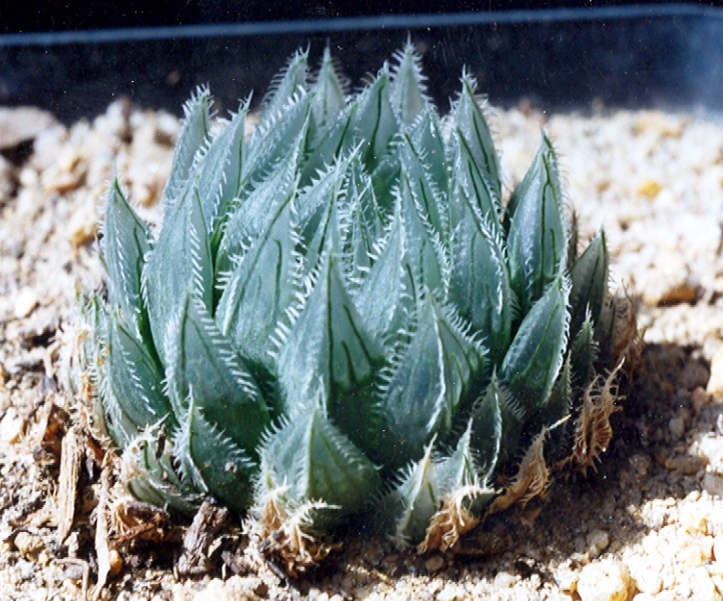
Fig. 1a. MBB6553 H. cooperi var gordoniana. N Zuurbron. 
Fig. 1b. MBB6553 H. cooperi var gordoniana. N Zuurbron.
These are small plants which have the characteristic blue‑green colouration of H. cooperi but the spines are smaller, more numerous and more closely spaced. It is very distinctive where it occurs in the Hankey Pass near Zuurbron. There is intergradation in the Baviaanskloof from var. gordoniana, to H. gracilis var. isabellae, to var. picturata and on to H. cymbiformis var. transiens. It does not end there. I have suggested that a solution, which would also solve problems in the greater H. cooperi arena, would be to absorb H. gracilis into H. cooperi, and perhaps H. bolusii var. blackbeardiana as well. However, it does not end there either, and we would logically have to extend this to include H. cymbiformis and H. decipiens. This also does not exhaust the possibilities, exacerbated by the fact that field exploration is by no means complete.
on Figures 2 to 9: H. gracilis (cooperi) var. isabellae
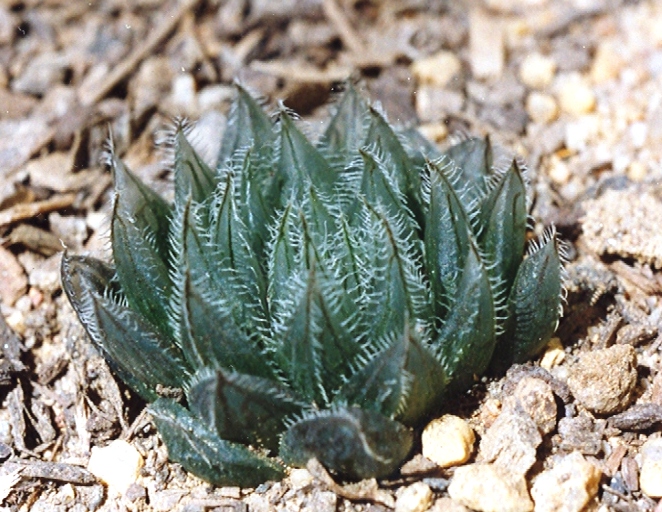
Fig. 2. JDV97-58 H. cooperi var gordoniana. N Zuurbron. 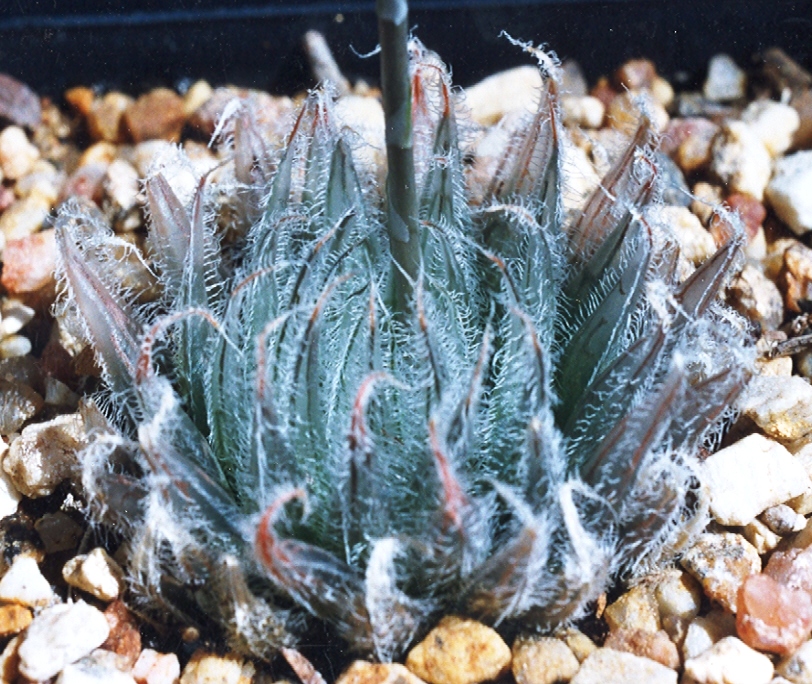
Fig. 3. MBB6773 H. cooperi var isabellae. N Joubertina. 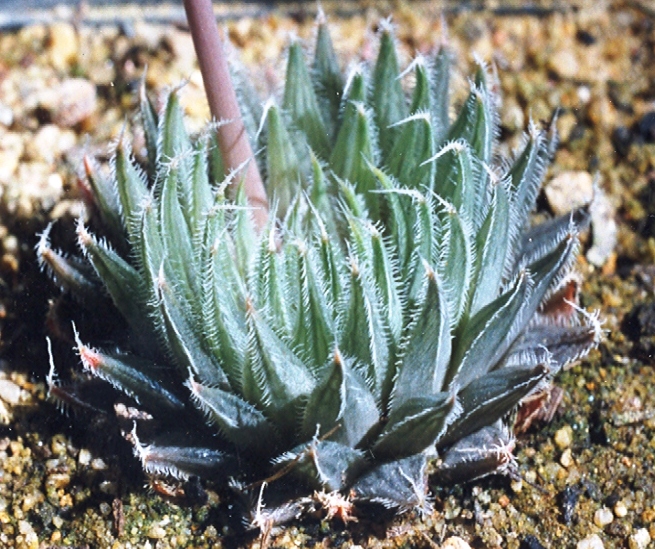
Fig. 4. PVB7128 H. cooperi var isabellae. Holriver, S Hankey. 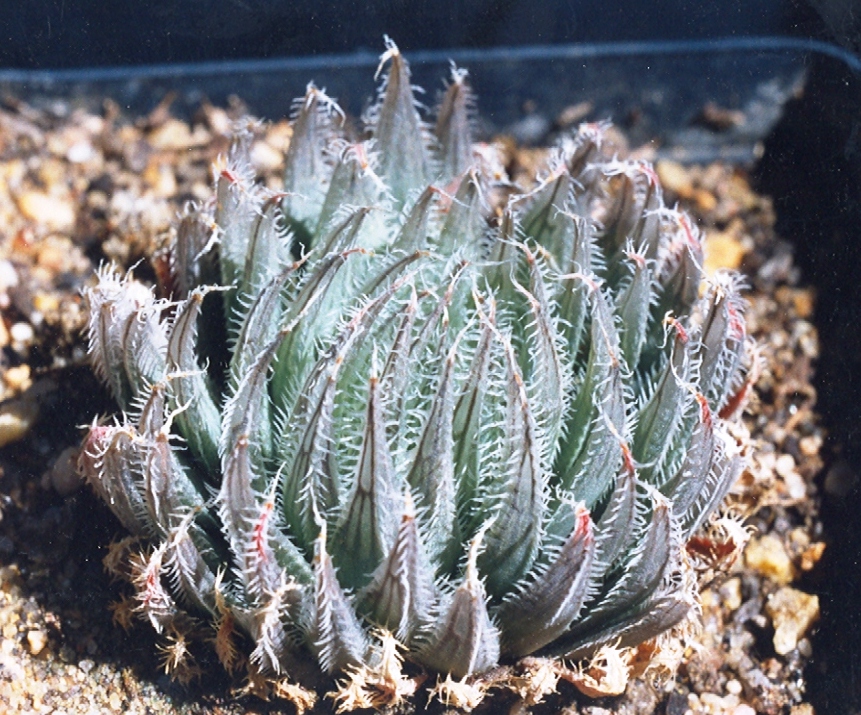
Fig. 5. EvJ14080 H. cooperi var isabellae. Vetmaakvlakte, Baviaanskloof. 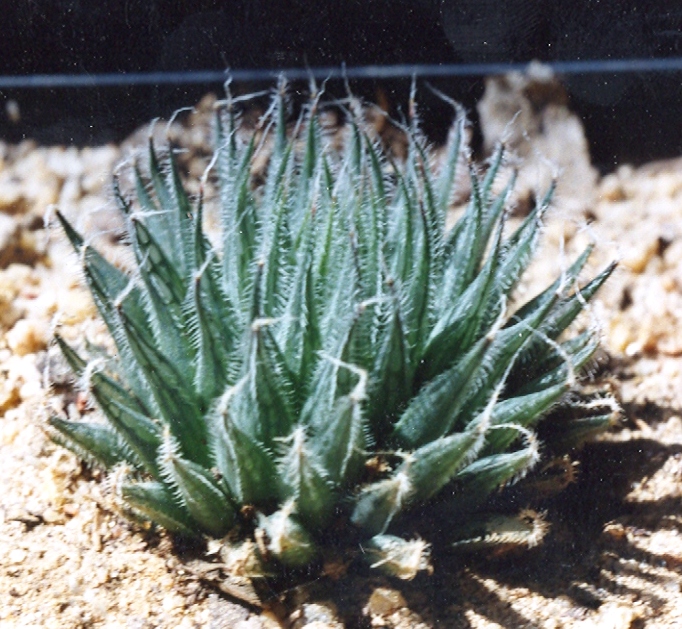
Fig. 6a. MBB6826 H. cooperi var isabellae. Baviaanskloof. 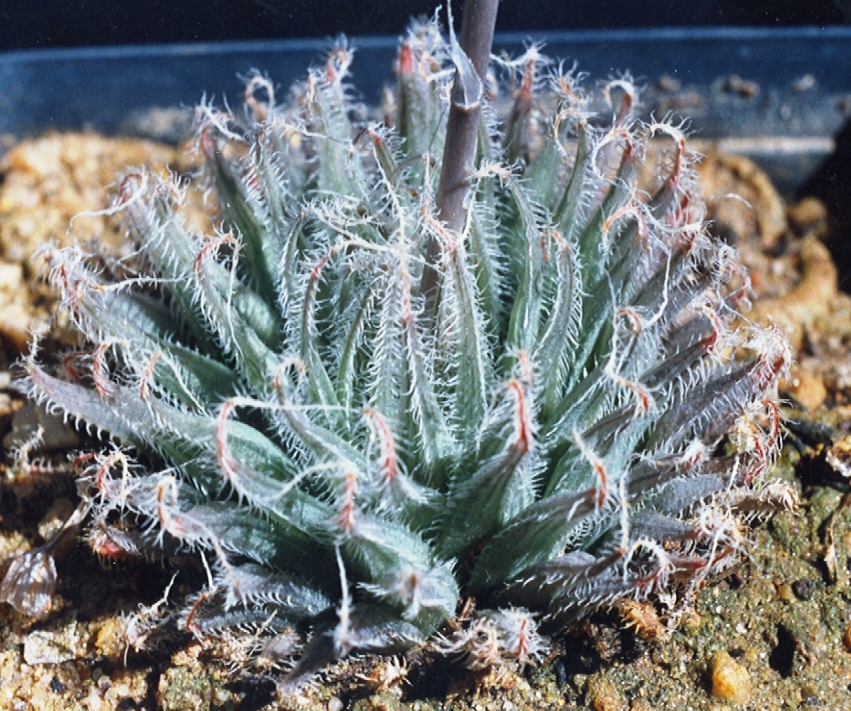
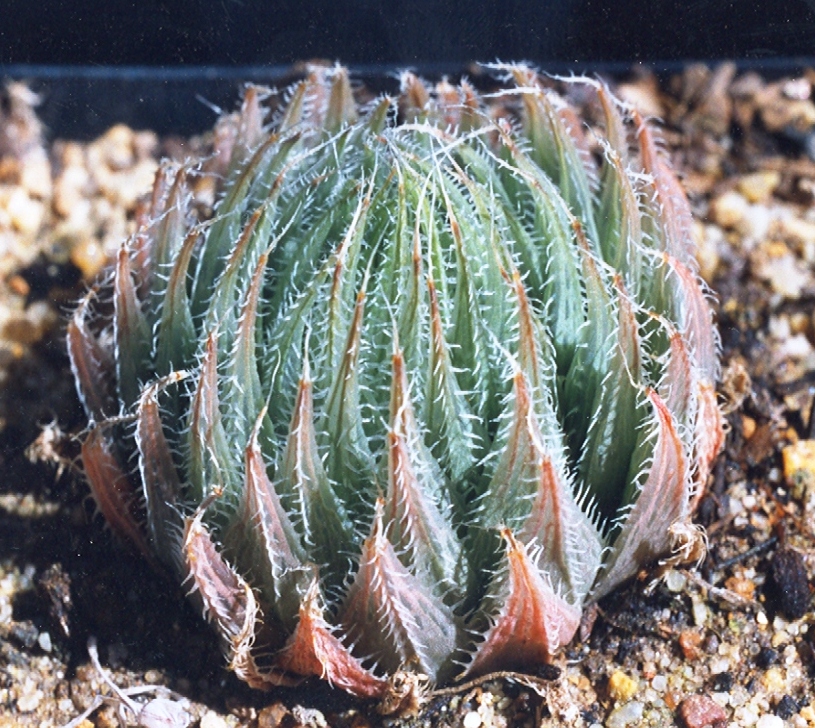
Fig. 7. H. cooperi var isabellae. Philips Tunnel, Hankey. 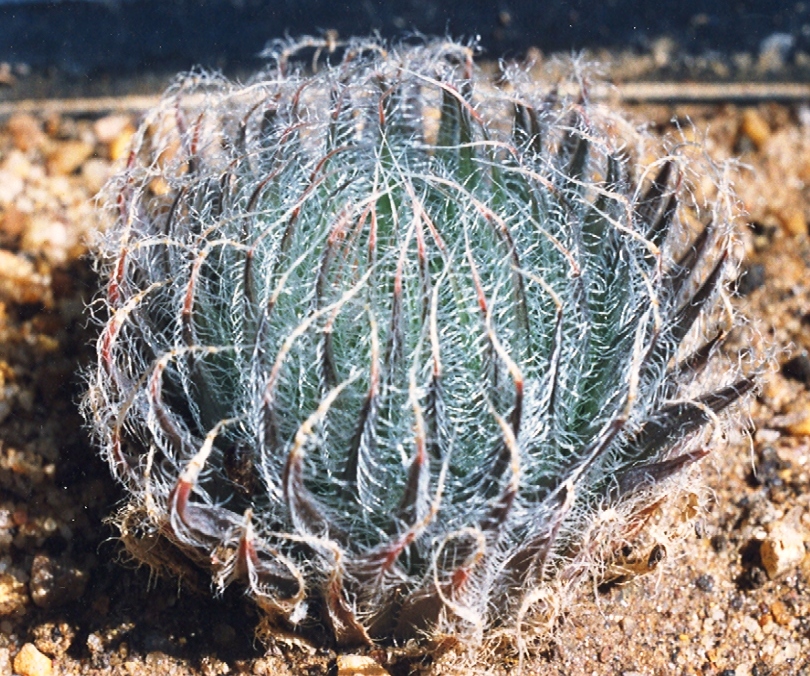
Fig. 8a. MBB7021 H. bolusii var bolusii. SE Pearston. 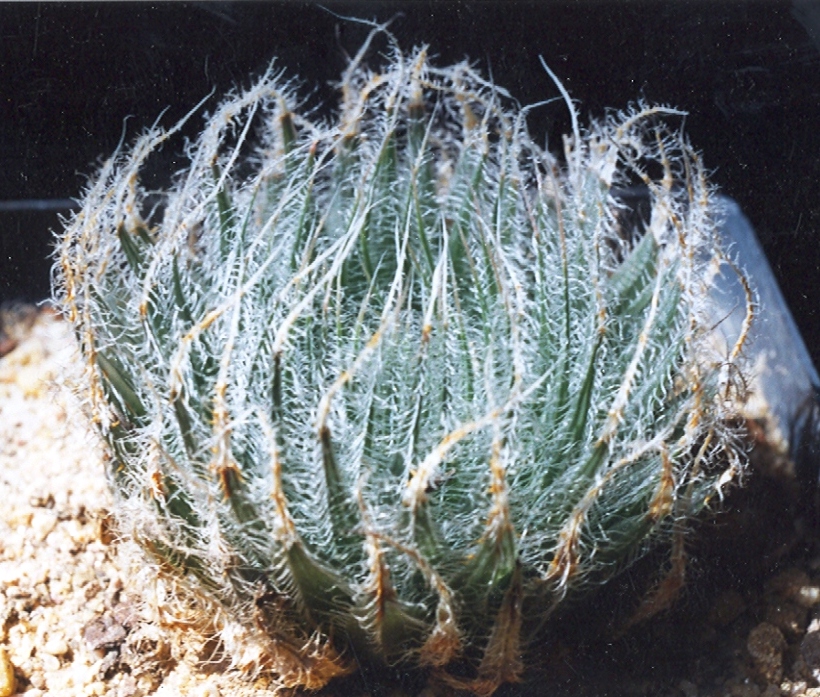
Fig. 8b. MBB7021 H. bolusii var bolusii. SE Pearston. 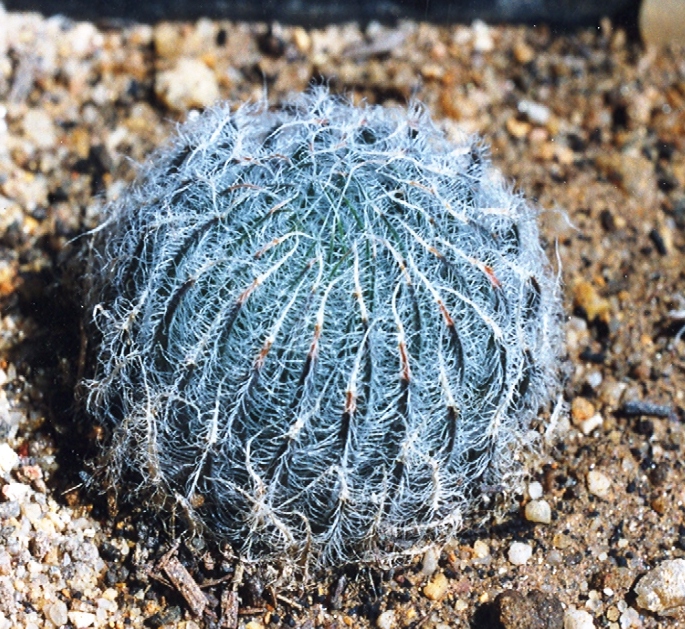
Fig. 9. MBB6583 H. bolusii var bolusii. Lootskloof, E Jansenville.
There are a number of populations that are fairly close in appearance, usually becoming paler in colour and with more translucence and longer and coarser spines. I also include a number of populations in this category that have relatively few leaves, which are often without spines and are too robust to be regarded as H. gracilis (hence driving change to the name cooperi). Curiously, what happened was this. I produced and grew some seed of a collection by Ernst van Jaarsveld from north of Joubertina. Ernst’s find is H. gracilis cooperi) var. isabellae by virtue of the many slender leaves and dense spination. It is also special in that the leaves have surface spination. Then I lost the seedlings and was puzzled by a batch labelled JDV97/158, which looked like H. cooperi var. gordoniana (fig.2 –note JDV97-58) without surface spination. That was until I discovered that JDV97/158 is Kobus Venter’s accession number for my MBB6773 (fig.3), which is also Ernst’s find but collected by myself. At the time of writing, I am still not sure that these seedlings really are MBB6773, because at this stage they have fewer, shorter, less‑spined leaves than their parents. Perhaps there is a mistake, although I have grown several other collections in the same way. While disconcerted by the difference of the seedlings from the parents, it has never been to this degree (There was in fact a mistake – a transposition of digits – the seedlings were JDV97-58)).
MBB6773 has a few look‑alike collections that are very similar e.g. PVB7128 (fig.4) from south‑west of Hankey. This is a very blue‑green finely spined version of H. gracilis (cooperi) var. isabellae. There is also EVJ14080 (fig.5) from Vetmaakvlakte along the Couga River, where it turns south from the Baviaanskloof to the Longkloof. Then there is MBB6826 (figs.6a & 6b) from Rooikloof, further west along the Baviaanskloof, or MBB6802 from south‑west of Hankey at Philip’s Tunnel (fig.7). Triangulated between these three, are populations which are either better placed with H. cooperi var. gordoniana, or with H. gracilis (cooperi) var. picturata, or with H. cymbiformis var. transiens (transiens).
In the case of MBB6826, I have illustrated two plants; one is half the size of the other, to show that there is a great deal of variation within populations too. Often many plants in cultivation are vegetatively‑propagated clones which obfuscate the degree of variability. Using one plant does not help very much, because all too often one finds that, although the overall appearances of populations may be different, there are individuals common to both which are very similar. In the field, it also happens that the plants may look different, whereas in cultivation these differences are lost.
on Figures 8 to 10: H. bolusii var. bolusii and H. decipiens var. virella

Fig. 8a. MBB7021 H. bolusii var bolusii. SE Pearston. 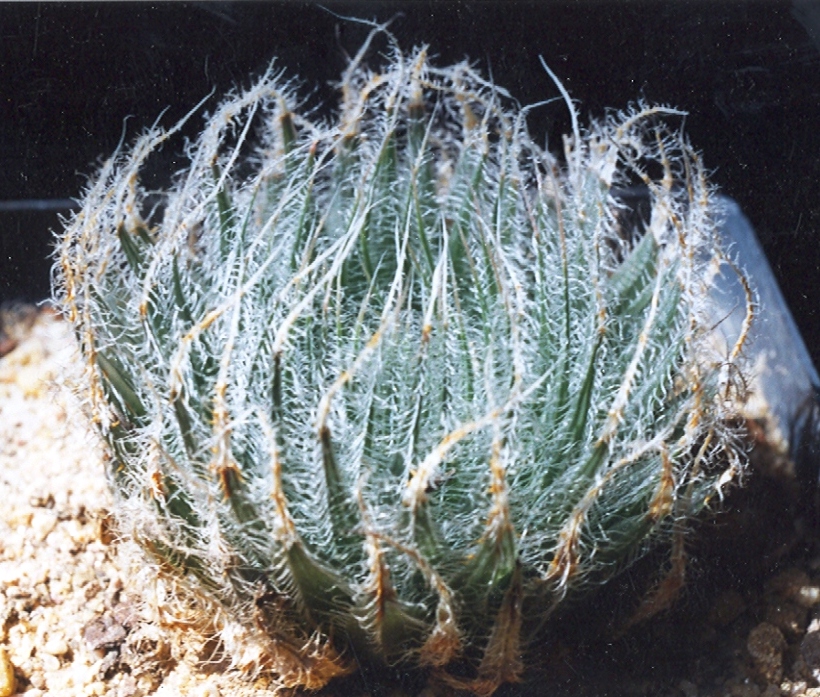
Fig. 8b. H. bolusii var bolusii. SE Pearston. 
Fig. 9. MBB6583 H. bolusii var bolusii. Lootskloof, E Jansenville. 
Fig. 10. MBB6583 H. decipiens var virella. Waaipoort, NE Steytlerville.
If one takes, say, the Philip’s Tunnel illustration (fig. 7), one can compare it very favourably to MBB7021 (fig.8a & b) from far away Pearston, which is a completely different species, viz. H. bolusii var. bolusii. The reservation is of course that the above‑mentioned chain of continuity extends geographically through the Eastern Cape from Hankey across several mountain chains into the interior. I have again given two illustrations to show that even in relatively homogenous populations, one can still find distinctive variants. MBB7046 (fig.9) is a smaller version of var. bolusii from east of Jansenville (Note: Breuer has described this as a new species viz. H. odetteae, done in ignorance of the collection MBB7021 and also the fact that similar plants occur at Hinchinbrook close to the northeast. These with other records, strongly suggest continuity with bolusii var bolusii at Graaff Reinet itself). There it grows with another element, which I have included in my extended version of H. decipiens. This is actually a variety occurring in many populations, which I need to explain links H. cooperi, H. decipiens and H. aristata. While occurring in a distinctive form and populations together with H. bolusii var. bolusii (three such localities have been seen by me), it also has an extension MBB6583 (fig.10) from north‑east of Steytlerville, which is a look‑alike except for a deeper green colour. This population is presently classified with H. decipiens var. pringlei (decipiens var virella), which I am planning to re‑structure.
on Figures 11 to 14: H. aristata and H. gracilis (cooperi) var. isabellae.
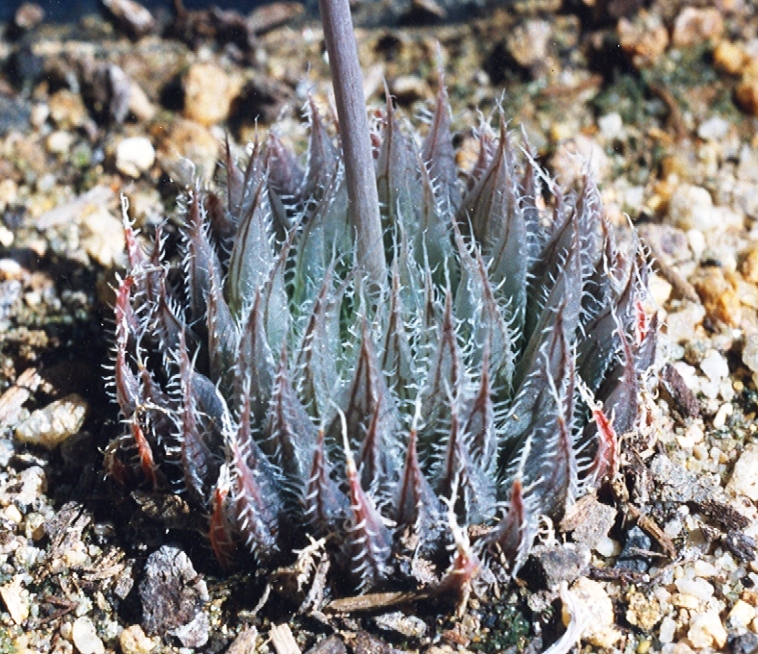
Fig. 11. MBB6902 H. aristata. Hopewell, N Zuurberg. 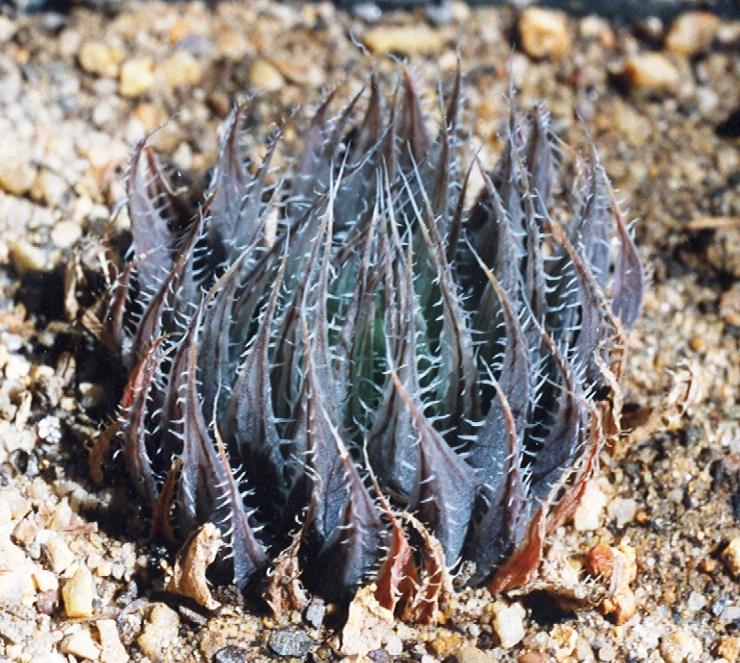
Fig. 12. MBB6917 H. aristata. Kaboega, Zuurberg. 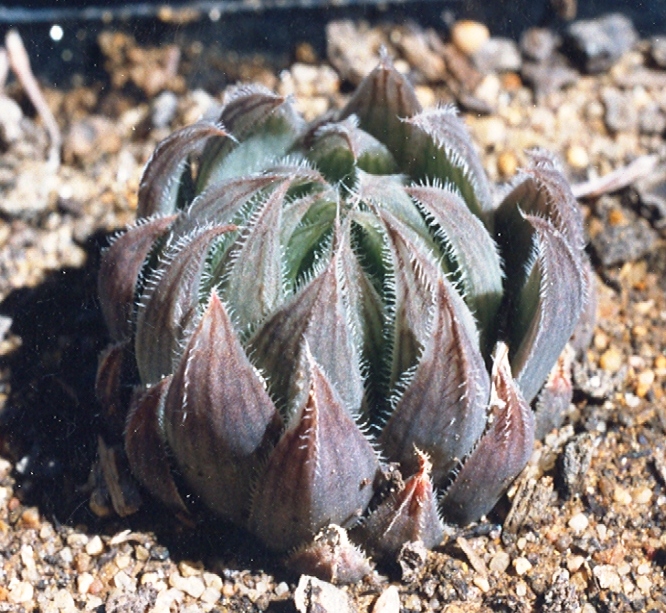
Fig. 13. MBB6905 H. cooperi ‘puberula’. Wilgerfontein, Kaboega. 
Fig. 14. MBB7017 H. cooperi ‘puberula’. Klipfontein, Kaboega.
One can then again take the Philip’s Tunnel illustration (fig. 7), always remembering that it is one of a variable population, and compare it with MBB6901 from Hopewell (fig.11) or MBB6917 from Kaboega (fig.12), both from north of the Zuurberg. These are both variants of the geographic complex that constitute H. aristata. That complex has extensions such as MBB6905 (fig.13) from Wilgerfontein and MBB7017 (fig.14) from Klipfontein, which are both from on the northern edge of the Zuurberg (I discuss these in preceding chapters and refer to them as H. cooperi ‘puberula’). The former is remarkable for its fine spination and the fact that twenty‑five metres away, it has an ecotype, which has the fewer stumpier leaves of what could be taken for more typical H. cooperi var. gordoniana. The latter (i.e.Fig.14) is remarkable because its small size likens it to H. gracilis var. isabellae; firstly to MBB6826 (fig.6a & b) and secondly to MBB6773 (fig.3), because it also has unusual surface spination. The plants illustrated in figs.13 &d 14 are several kilometres apart and occur in two very small, localised populations. They are related to each other through many other populations that in many respects suggest a cooperoid or cymbifomoid archetype (see Chapter 7 Continuity…).
